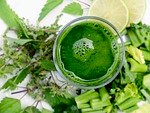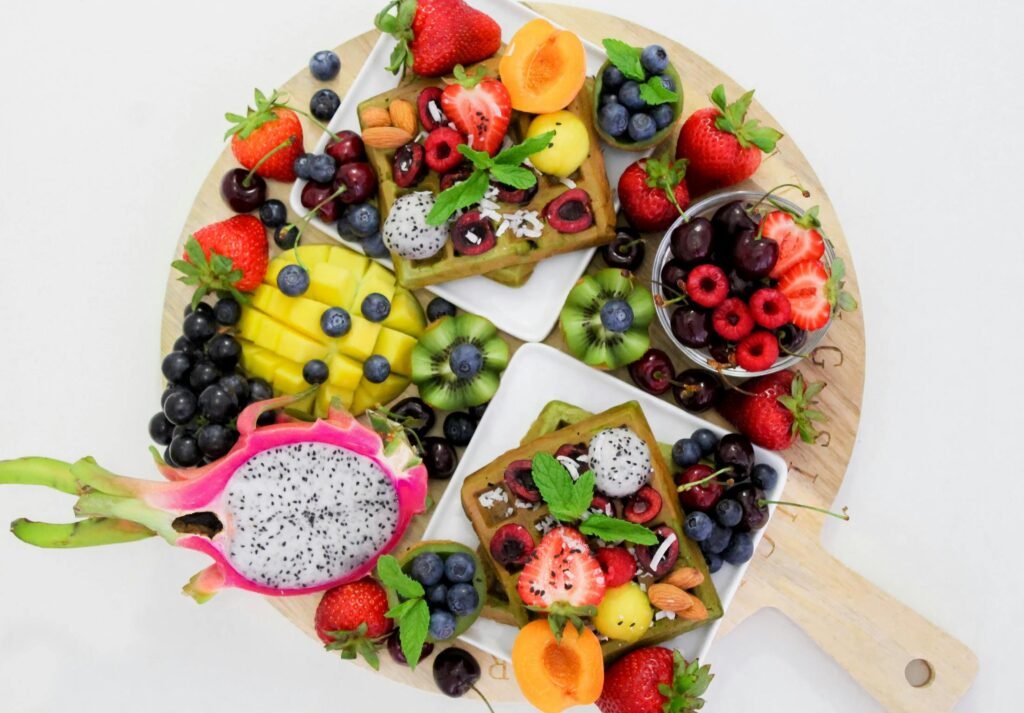Eating a balanced diet is essential for maintaining good health, energy, and overall well-being. But what does “balanced” really mean? It all comes down to two key types of nutrients: macronutrients and micronutrients.
Macronutrients: The Big Three
These are nutrients your body needs in large amounts:
- Carbohydrates – Your body’s main source of energy. Found in fruits, vegetables, grains, and legumes.
- Proteins – Essential for muscle repair and immune function. Sources include meat, dairy, beans, and nuts.
- Fats – Needed for hormone production and brain health. Healthy fats come from avocados, nuts, seeds, and olive oil.
Micronutrients: The Vital Helpers
These are vitamins and minerals needed in smaller amounts, but they play huge roles in your health:
- Vitamins like A, C, D, and B-complex support everything from vision to immune health.
- Minerals such as calcium, iron, and potassium help with bone strength, oxygen transport, and nerve function.
The Takeaway
A balanced diet includes a mix of macronutrients and micronutrients from whole, unprocessed foods. Think colorful plates, varied ingredients, and moderation. Your body will thank you!

Nutrition During Pregnancy: What to Eat (and What to Avoid)
Your Input Determines Your Output
Eating well during pregnancy is one of the best ways to support a healthy pregnancy and baby. A balanced diet rich in whole foods provides essential nutrients like folic acid, iron, calcium, and protein. These support your baby’s growth and development, especially the brain, bones, and red blood cells. Great choices include leafy greens, lean meats, eggs, beans, dairy, whole grains, and plenty of water.
Equally important is knowing what to limit or avoid. Raw or undercooked seafood, unpasteurized dairy, deli meats, and high-mercury fish (like swordfish and king mackerel) can pose health risks. It’s also wise to cut back on caffeine (stick to under 200 mg/day) and completely avoid alcohol, as both can affect fetal development.
Pregnancy can also come with cravings or aversions, so listening to your body while sticking to nutritious choices is key. A prenatal vitamin helps fill any nutritional gaps, but food should be your primary source of nutrients. Always consult your healthcare provider to personalize your diet to meet your unique needs during pregnancy.
🥑 10 Superfoods You Should Add to Your Diet Today
In today’s fast-paced world, staying healthy can feel like a challenge. But the good news is that small, intentional changes in your diet can make a big difference — and superfoods are a great place to start.
What are superfoods? These are nutrient-dense foods loaded with vitamins, minerals, antioxidants, and other compounds that
support optimal health and help prevent disease. Here are 10 superfoods you should add to your plate today.
1. Blueberries
These little berries pack a serious punch! Blueberries are high in antioxidants, especially anthocyanins, which help fight oxidative stress and inflammation.
Benefits:
✔ Boosts brain health
✔ Improves heart health
✔ Supports immune function
How to eat: Toss them in smoothies, oatmeal, or eat them fresh as a snack.
2. Spinach
Dark leafy greens like spinach are loaded with iron, calcium, magnesium, and vitamins A, C, and K.
Benefits:
✔ Supports bone health
✔ Promotes eye health✔ Helps reduce inflammation
How to eat: Sauté it with garlic, add to eggs, or blend into green smoothies.
3. Chia Seeds
These tiny seeds are full of fiber, omega-3 fatty acids, and protein.
Benefits:
✔ Aids digestion
✔ Helps regulate blood sugar
✔ Promotes satiety (feeling full)
How to eat: Mix into yogurt, smoothies, or make chia pudding.
4. Salmon
Wild-caught salmon is one of the best sources of omega-3 fatty acids, which are crucial for heart and brain health.
Benefits:
✔ Reduces inflammation
✔ Improves cholesterol levels
✔ Supports mental health
How to eat: Grill, bake, or pan-sear with herbs and lemon.
5. Avocados
Creamy and delicious, avocados are rich in healthy monounsaturated fats, potassium, and fiber.
Benefits:
✔ Supports heart health
✔ Boosts nutrient absorption
✔ Promotes glowing skin
How to eat: Mash into toast, slice into salads, or blend into smoothies.



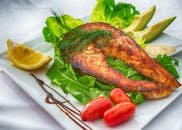
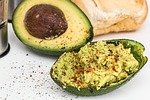
6. Greek Yogurt
Packed with protein and probiotics, Greek yogurt supports gut health and muscle repair.
Benefits:
✔ Promotes digestion
✔ Supports bone health
✔ Aids in muscle recovery
How to eat: Enjoy as a snack with berries or use as a base for sauces and dressings.
7. Quinoa
This gluten-free grain is a complete protein, meaning it contains all nine essential amino acids.
Benefits:
✔ Supports muscle building
✔ Stabilizes blood sugar
✔ Provides sustained energy
How to eat: Use in grain bowls, salads, or as a rice substitute.
8. Turmeric
This vibrant yellow spice contains curcumin, a powerful anti-inflammatory and antioxidant compound.
Benefits:
✔ Reduces joint pain
✔ Fights inflammation
✔ Supports brain function
How to eat: Add to soups, curries, or golden milk lattes.
9. Nuts (Almonds, Walnuts, etc.)
Rich in healthy fats, protein, and fiber, nuts are a satisfying and nutritious snack.
Benefits:
✔ Supports heart health
✔ Boosts brain power
✔ Helps manage weight
How to eat: Snack on a handful, add to oatmeal, or sprinkle over salads.
10. Sweet Potatoes
A great source of complex carbs, fiber, and beta-carotene, sweet potatoes are both nutritious and delicious.
Benefits:
✔ Supports eye health
✔ Stabilizes blood sugar
✔ Boosts immunity
How to eat: Roast, mash, or bake as fries.


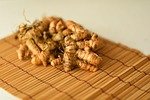
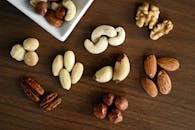
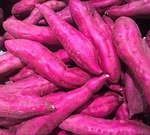
Breaking the Late-Night Snacking Habit for Good
The first step to conquering late-night snacking is identifying what’s really driving the behavior – whether it’s genuine hunger, boredom, stress, or simply habit. Keep a brief food and mood journal for a week, noting what time you eat after dinner, what you’re feeling, and what you choose to eat. Many people discover they’re reaching for snacks not because they’re hungry, but because they’re unwinding from a stressful day or filling time while watching TV. Once you understand your triggers, you can address the root cause rather than just fighting the symptom.
Create a structured evening routine that signals to your brain that the kitchen is closed for the night. This might include brushing your teeth immediately after dinner, making herbal tea, or engaging in a relaxing activity like reading or gentle stretching. Remove tempting snack foods from easily accessible places and replace them with healthier options if you do need to eat something. Consider whether you’re eating enough during the day – inadequate protein or skipping meals can lead to intense evening hunger that feels impossible to ignore.
If you find yourself genuinely hungry at night, focus on foods that won’t disrupt your sleep or derail your health goals. Greek yogurt with a sprinkle of nuts, a small apple with almond butter, or herbal tea with a teaspoon of honey can satisfy hunger without the sugar crash that comes from typical late-night choices. The key is planning ahead and having these options ready, so you’re not making decisions when willpower is lowest. Remember that breaking this habit takes time – be patient with yourself and celebrate small victories as you gradually retrain your evening routine.
🛒 How to Start Clean Eating: A Beginner’s Guide
Starting doesn’t have to mean a complete kitchen overhaul. Begin with small, manageable changes.
1. Read Ingredient Labels
If a product has a long list of ingredients you can’t pronounce, it’s probably not clean. Choose items with five ingredients or fewer, and look for whole, recognizable foods.
2. Shop the Perimeter of the Store
Most whole foods are found around the outer edges of grocery stores—think produce, meats, dairy, and fresh bakery items.
3. Cook More at Home
Preparing meals yourself gives you full control over what you’re eating. Even simple recipes made from scratch can be cleaner than processed alternatives.
4. Choose Whole Over Refined
Swap white bread, rice, and pasta for their whole grain counterparts. Opt for rolled oats instead of instant, and brown rice instead of white.
5. Stay Hydrated with Water
Ditch sugary drinks and soda. Instead, aim for water, herbal teas, or fruit-infused water for flavor.
6. Limit Added Sugars
Natural sugars from fruit and honey are okay in moderation, but be mindful of added sugars hiding in sauces, condiments, and “health” snacks.
🥄 Clean Eating Swaps You Can Make Today
| Instead of… | Try this… |
|---|---|
| White bread | 100% whole grain or sprouted bread |
| Soda | Sparkling water with lemon or berries |
| Chips | Raw nuts or air-popped popcorn |
| Flavored yogurt | Plain Greek yogurt + fresh fruit |
| Canned soups | Homemade soup with fresh ingredients |
🚫 Clean Eating Myths (and What to Ignore)
- You have to be perfect. Nope! Clean eating is about progress, not perfection.
- It’s boring or tasteless. Not true—seasonings, herbs, and spices make clean meals flavorful.
- It’s expensive. While some items cost more, many staples (like beans, oats, and frozen veggies) are budget-friendly.
🧘♀️ Final Thoughts
Clean eating isn’t a fad—it’s a flexible, long-term approach to fueling your body with real food. Start small, stay consistent, and remember: it’s about making better choices more often, not achieving perfection.
Your body and mind will thank you.
Ready to start your clean eating journey? Try planning just one clean meal a day and build from there. If you have questions or want clean recipe ideas, drop them in the comments!
